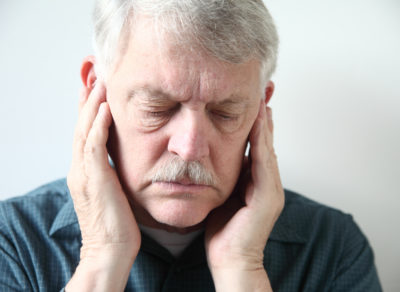Do you often experience chronic pain or discomfort in your jaws? If yes, chances are you might be suffering from TMJ. Temporomandibular disorders can cause discomfort and pain in the jaw point, which is known as temporomandibular joint (TMJ). TMJ can cause pain in the surrounding tissues as well. The nature of symptoms ranges from slight discomfort to severe pain.
 As it turns out, every dentist has a different method of treating TMJ. Having the basic knowledge of TMJ’s causes and the treatment options can prove to be beneficial for you if you’re seeking relief from TMJ disorder.
As it turns out, every dentist has a different method of treating TMJ. Having the basic knowledge of TMJ’s causes and the treatment options can prove to be beneficial for you if you’re seeking relief from TMJ disorder.
The Symptoms You Need to Look Out For
The joint at the intersection of the lower part of the skull and the lower jaw is called the temporomandibular joint. The function of this joint is to allow horizontal and vertical movement of your jaw. When you feel pain in this joint and the muscles around it, it’s said you’re suffering from TMJ disorder. One of the major symptoms of this disorder is the clicking sound of the jaw. It is caused when the disk inside the joint shifts. At times, this clicking sound is loud enough to be heard by people standing near you. This is a very common symptom and there’s really no need to seek treatment for it. However, treatment is recommended when the clicking sound is accompanied by discomfort and pain, or if it feels that your jaw gets stuck when you open or close your mouth.
Another common symptom of TMJ is muscle pain. If you feel the muscles of your temples and cheeks are causing you discomfort, especially in the morning when you wake up, you need to consult a dentist. The stiffness that you feel in the morning is usually caused by the chronic habit of teeth clenching during sleep. In order to keep your teeth from coming into contact forcefully during sleep, it is recommended to get an occlusal night-guard designed for your teeth.
The third symptom of TMJ is experiencing sharp pain in the joint itself. Like all the joint pains, this one too is classified under arthritis. Unfortunately, there is no cure for this kind of pain and you have to control it by taking painkillers, undergoing physical therapy, and a soft diet.
Deciding on the Right Treatment
Although the pain in your jaw joint may indicate that you are suffering from TMJ, there is a possibility that the pain is caused by other parts of your body, considering that jaw joints share the same network of nerves with teeth, sinuses, and neck and back muscles. That’s why before assuming that you have TMJ disorder, visit a dentist for a proper diagnosis.
There are generally two methods for treating TMJ. The first one is less invasive and includes orthopedic procedures, like physical therapy, exercise, light stretching, and massage to strengthen the joint muscles. The second method is a little more aggressive. It includes treating bad bites and malocclusions to treat the pain you feel in your jaw joint or surrounding muscles. This method involves invasive procedures, like teeth reshaping and crowning.
For a reliable diagnosis and treatment, contact The Gentle Dentist today if you’re experiencing pain or discomfort in your jaw joint. Please visit our website at www.TheGentleDentist.com or call us at 586-247-3500. We look forward to hearing from you!
